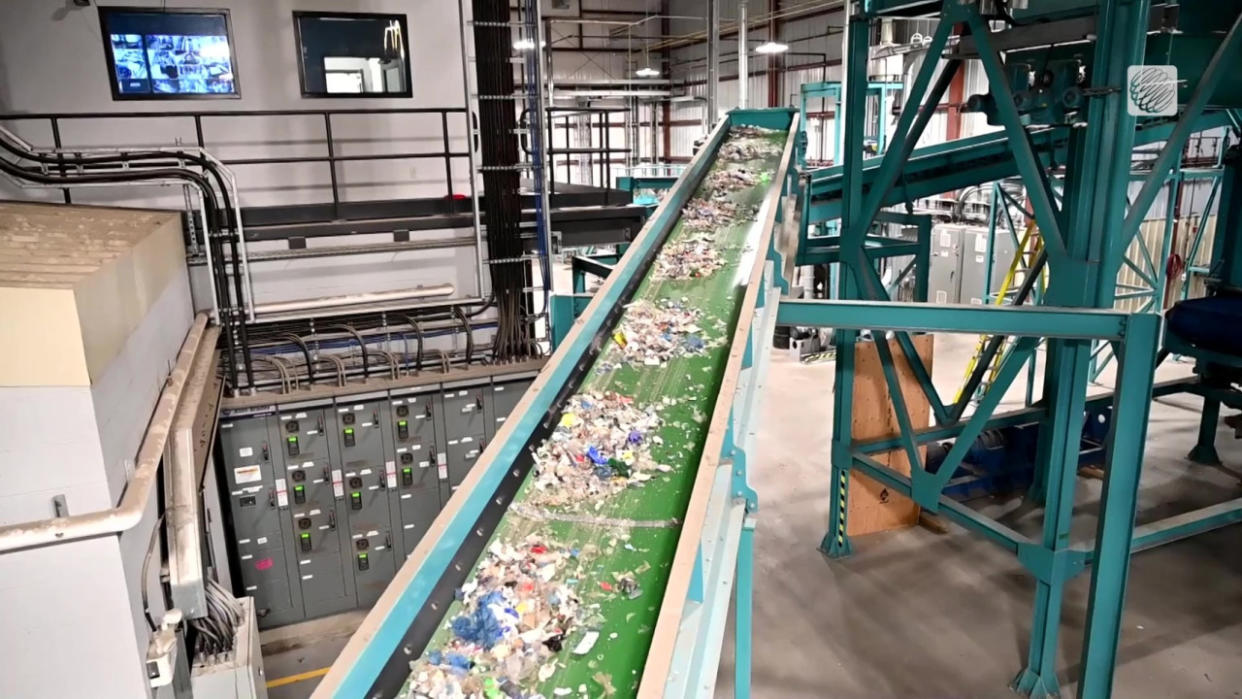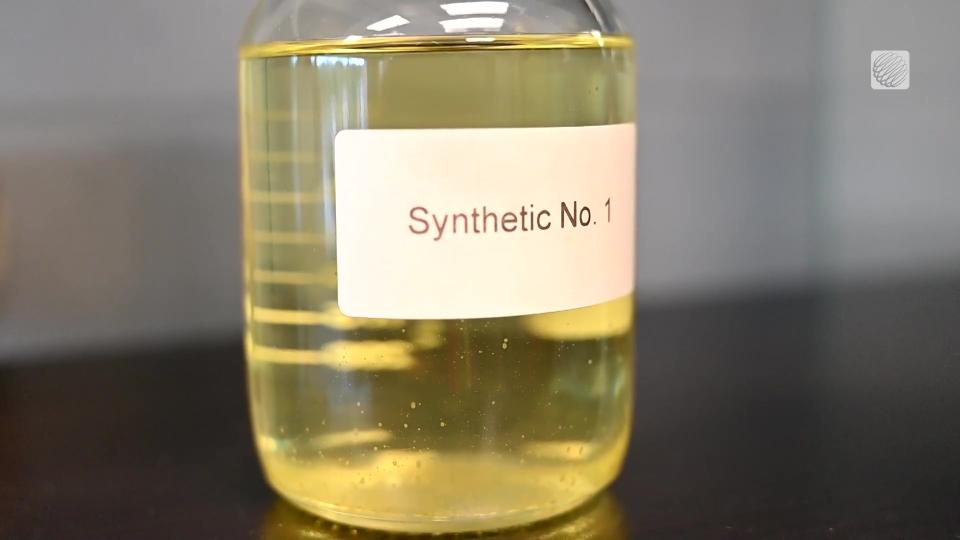How curbside trash gets converted into high-value fuels in Nova Scotia

You've heard of turning trash into treasure, but what about turning trash into high-value fuel and biomass pellets?
When Peter Vinall heard about a guy cooking garbage in Spain back in 2014, he made the trip over to see his pilot plant and get a handle on the process of converting waste into fuel.
"I found it remarkable what he was able to do with steam as a way of transforming waste and making it easy to separate," said Vinall, an engineer and former pulp and paper executive from Vancouver, when The Weather Network met him at his recycling plant.
Vinall is now the CEO of Sustane Technologies, which now boasts a state-of-the-art recycling facility located near the landfill in the quaint town of Chester, Nova Scotia.

Peter Vinall, CEO of Sustane Technologies. (Nathan Coleman)
When Vinall brought the Spanish concept of using steam to separate garbage back to Canada, it was small-town Chester that was most welcoming. Vinall just needed a place with a cooperative landfill and steady stream of trash to prove his concept worked.
So, how does it work?
Sustane’s unique cooking system, called thermal hydrolysis, uses steam to separate out two fundamental components: biogenics, which are things like paper, cardboard, food and diapers, and plastics. Any metals are pulled out using magnets.
"The biogenic part is roughly 50 per cent, the plastics roughly 20 per cent, and those are the most difficult to separate,” said Vinall.
“By using steam we're able to turn the biogenic part into fibers. And the plastics that are all different kinds of plastics in different shapes and sizes and densities, at the right temperature and mechanical action will cause those to shrink into hard pieces. So now we've got hard pieces of plastic and really little fibers. Now we can use pretty much off the shelf technologies to separate and clean."

These biomass pellets are carbon neutral and can be used for combustion, replacing fossil fuel as an energy source. They could also be used in agriculture as an organic fertilizer once Sustane obtains certification. (Nathan Coleman)
On the biomass side, the product that gets created is carbon neutral and can be used for combustion, replacing fossil fuel as an energy source. Or, it can be used in agriculture as an organic fertilizer once the company obtains certification.
On the plastics side, the plastic is vaporized in a closed vessel and then the vapors are condensed. With no emissions, it is separated into a diesel and gasoline type product, which this very plant now runs on.

Sustane vaporizes plastic waste plastic in a closed vessel which condenses them wIth no emissions. It is then separated into a diesel and gasoline type product pictured here, which the plant itself runs on. (Nathan Coleman)
"Roughly 20 per cent of the energy in the plastic is enough to run the whole plant and give us a very efficient process, which is needed so we can compete with landfilling. Landfilling is a cheap solution, it's a bad solution, but it's been the solution that has been universal, " said Vinall.
He said his process reduces the carbon emissions by between two and three tonnes of C02 for every tonne of garbage that goes through the plant.
All he needs now is for more municipalities to get on board.
Thumbnail image: Metals are separated from the stream of plastic using large magnets before it continues on down the line. (Nathan Coleman)


